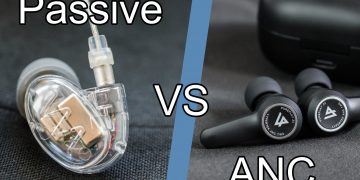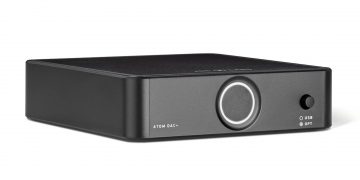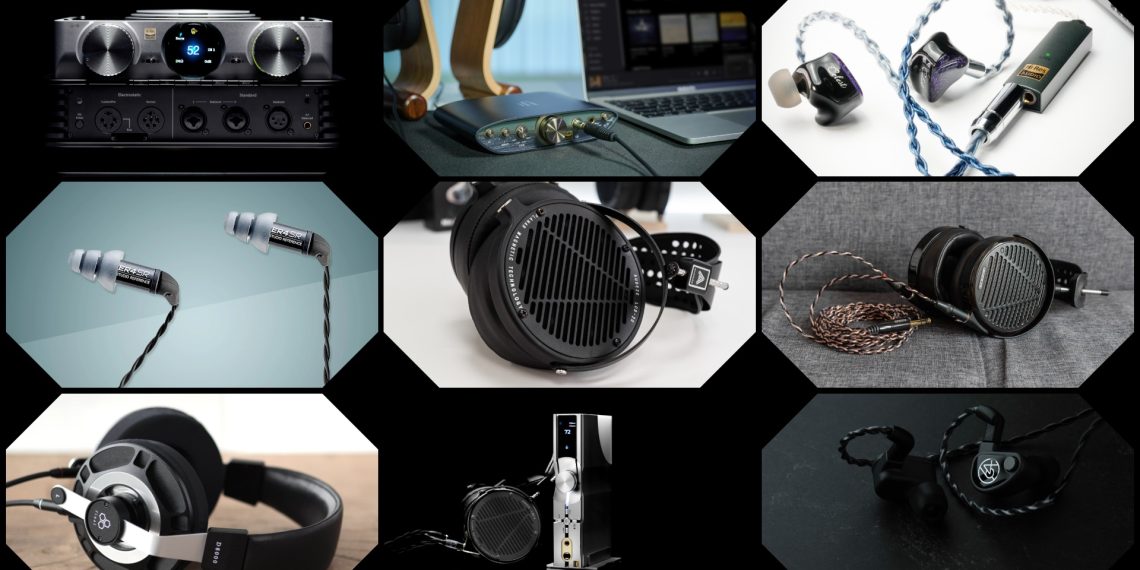Orthodynamic, AKA Planar Magnetic or Isodynamic Transducers
If you think Orthodynamic headphones are for people recovering from ear operations, you might not be alone as the various names for this driver technology are not that well known. Perhaps due to the relative cost of this type of driver, it has not had the exposure of the ubiquitous dynamic version, for instance.
Orthodynamic: Technical term advanced / popularized by Yamaha Headphones in 1976 to describe their line of headphones at the time using a driver type known generically as isodynamic, planar-magnetic, or magnetostatic incorporating characteristics of both dynamic and electrostatic driver design.

Of all transducer methods, perhaps the most sumptuous-sounding is the electrostatic method, where a large thin membrane is suspended within a magnetic field which is affected by an electric impulse passing through it. The advantages of this is a very fast attack since the membrane can be thin and light with little to no inertia. On the down side, the technology is horrendously expensive and difficult to drive; a portable rig will likely require a backpack to power it!
A decent halfway house however is the planar-magnetic (AKA orthodynamic or Isodynamic) transducer type. Rather than the membrane being suspended between two electromagnets as in the electroststic method, it is suspended between two sets of permanent magnets; the audio information is fed through a thin wire on the membrane (the voice coil) which makes it react with the magnetic field it is suspended in. While this extra weight makes the membrane less reactive, this is a much cheaper and more efficient way to get near the electrostatic sound.

Some advantages of orthodynamic headphones over their dynamic counterparts include the flat driver with the voice coil controlling its entire surface. Since the membrane reacts across the whole surface at once, it does not need to be rigid which cuts down on weight and inertia. The result is a very fast driver which is particularly good at replicating a wide soundstage with great separation.
Balanced armatures are fantastic for detail, but find it hard work to replicate the very low, and very high frequencies. Also their relative lack of power keeps them mainly in the in-ear realm, where a good seal is required for decent bass perception.
My favourite? Just now I’m loving my full size orthodynamic HiFiMAN HE-400s but recent experiences with both dynamic and balanced armature-driven in-ears (such as the Sennheiser IE800 and Westone UM3X for example) tell me that it’s anybody’s game. There is no ‘best’, only what suits the listener at that particular point in time.





 HiFiHeadphones Best Buy list
HiFiHeadphones Best Buy list
The description of electrostatic loudspeakers in this article is incorrect. By definition electrostatic loudspeakers do not involve the use of magnetic fields, they use electrostatic fields.